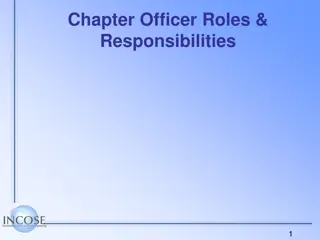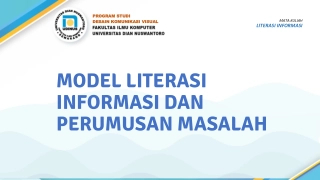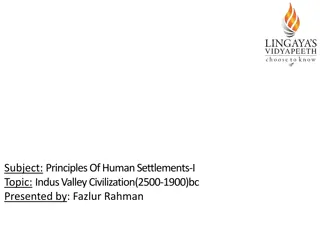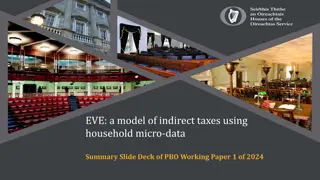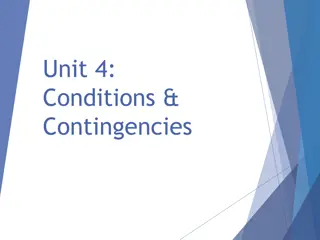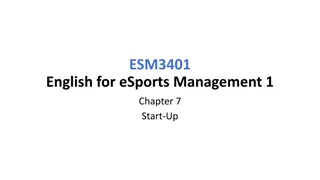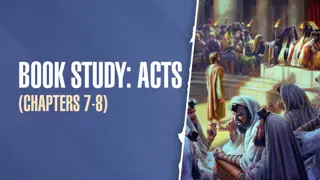Tight Binding Model Adapted for Graphene from Kittel Chapter 9
This content discusses the tight binding model adapted for graphene based on Kittel Chapter 9, covering topics such as Bloch conditions, hybridization, sublattices, and overlap integrals. It explores the uniqueness of graphene's structure and its impact on coefficients in the calculations.
Download Presentation
Please find below an Image/Link to download the presentation.
The content on the website is provided AS IS for your information and personal use only. It may not be sold, licensed, or shared on other websites without obtaining consent from the author. Download presentation by click this link. If you encounter any issues during the download, it is possible that the publisher has removed the file from their server.
Presentation Transcript
Tight binding model Adapted for graphene from Kittel Chapter 9 page 260-263
Proof is in e.g. Ashcroft & Mermin Eq. (10.5) Bloch condition is y(r + rj) = exp(ik.rj) y(r). Constant in front of sum is unimportant to this condition and is not included in Ashcroft & Mermin version. Following is from A&M.
Now we take into account that graphene has two sublattices, which are not connected by a lattice vector. That independence means that the coefficients bn in the LCAO for atoms on each sublattice can be different. Then the atoms in the sum over nearest neighbors (for rj not zero) are on the B sublattice
Since the pz level considered is non-degenerate, and the atoms on each sublattice are the same, there is only one term in the LCAO sum, so the coefficients must have unity magnitude and differ only in phase.
This is Eq. (72) from Klemms problem solution
We have to consider how this new overlap integral might be different from the previous one. dr
This is Eq. (73) from Klemm s problem solution




